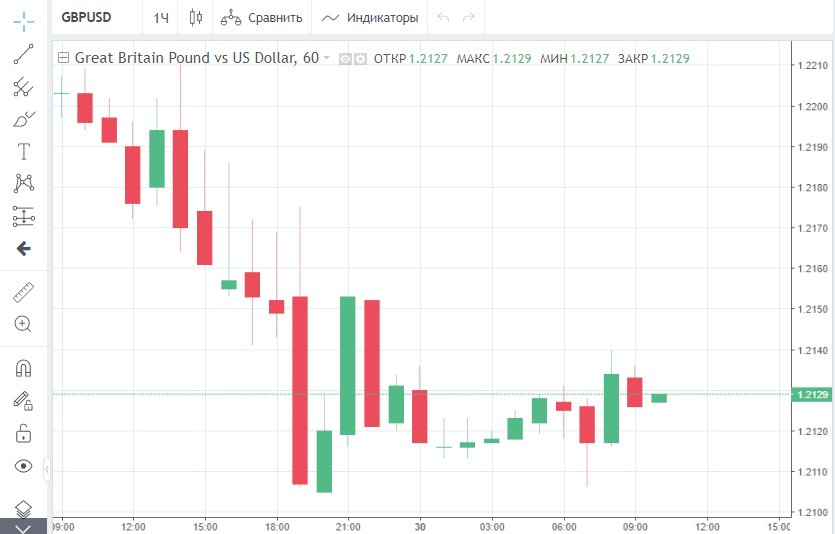The British currency plunged sharply against the dollar on Wednesday, reaching a 2-week low. The pound dropped after hearing comments from Bank of England officials, who unexpectedly turned out to be dovish.
The British currency continues to depreciate. It has plunged against the dollar by more than 10% since the beginning of the year. This is the strongest fall of the pound in six years.
The main reason for the weakening of the pound are the differences in the monetary policy of the BoE and the US Federal Reserve.
Both Britain and America have experienced record high inflation this year, prompting an urgent need to change the monetary rate of their central banks. However, each country has chosen its own pace of tightening.
The BoE is raising rates, as they say, a teaspoon an hour for fear of triggering a recession, while the British economy is already in an unenviable position due to the consequences of Brexit.
The Fed, by contrast, is acting more decisively. Central bank aggressiveness fuels US Treasury yields, and thus the dollar.
Rising prices in May to a 40-year high of 9.1% led investors to believe that the BoE will decide on more hawkish tactics in the fight against inflation.
Recall that in mid-June, the BoE raised rates for the fifth time and again by 25 bp. At the same time, BoE Governor Andrew Bailey said that the central bank is ready to act more decisively if inflation continues to rise.
Amid these comments, markets have priced in the likelihood that the BoE will raise rates by 50 bp at its next meeting in August, at 80%. However, after officials' latest rhetoric, investor sentiment has changed.
Speaking at the European Central Bank forum in Sintra, Portugal, Bailey said the BoE would not necessarily have to act "strongly" to curb raging inflation. However, he did not explain what kind of measures in question.
Instead, he focused on the growing risk of a recession as the BoE forecast weak demand. Bailey stressed that the turning point has already arrived: the British economy is starting to slow down.
Most of the official's speech was similar to an acquittal speech. Bailey tried to explain why he had previously asked the British not to demand higher wages, despite the deteriorating quality of life.
Bailey is certain that the increase in payments will lead to the fact that high inflation will take root in the economy even more.
In general, his comments serve as another confirmation of what a difficult and almost impossible task the BoE is facing right now - to contain price pressure without further damage to the economy.
Economist Swati Dhingra will join the 9-member Bank of England Monetary Policy Committee in August. However, the market is already closely following her statements, believing that they may suggest a further direction of the BoE rate.
The official's statement from yesterday's turned out to be dovish. Speaking before the Treasury Committee, she said weak consumer confidence data this month could force her to support a slower pace of monetary tightening in the coming months.
Dhingra believes that the bank should move very gradually to tighten its course as there are indications that an economic downturn is imminent.
In response to her words, the British currency reacted with a steep dive. The GBP/USD pair fell to its lowest level since June 16 at $1.2127.

This morning, the British currency is showing positive dynamics on the UK GDP data, which remained stable.
In annual and monthly terms, the indicator did not change and amounted to 8.7% and 0.8%, respectively.
Nevertheless, analysts' forecasts for the GBP/USD pair are extremely disappointing. Thus, UOB currency strategists suggest that in the coming weeks the pound may return to the 1.2040 area.
The pressure on the pound will be exerted not only by macroeconomics, but also by the escalation of political tension. In addition to the growing contradictions in relations with Northern Ireland, the situation is aggravated by the Scottish issue.
On Tuesday, Scottish First Minister Nicola Sturgeon launched a proposal to hold another independence referendum next fall.
British Prime Minister Boris Johnson and his Conservative Party oppose the referendum, saying the issue was settled in 2014 when a majority of Scots (55%) voted against independence.

QUICK LINKS